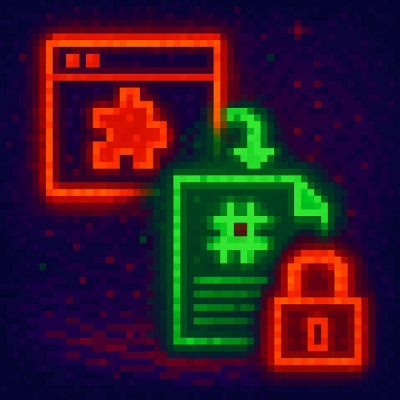
Security News
PyPI Expands Trusted Publishing to GitLab Self-Managed as Adoption Passes 25 Percent
PyPI adds Trusted Publishing support for GitLab Self-Managed as adoption reaches 25% of uploads
auto-console-group
Advanced tools

Tame the JS console by automagically grouping console messages.
A more readable console output in a couple of minutes.

Above created by example.ts.
Install auto-console-group via npm.
npm install auto-console-group
Or download auto-console-group.js
The createAutoConsoleGroup() creates a console object with all the same methods as the regular console object,
plus a few additional methods to control how a group is displayed.
import createAutoConsoleGroup from 'auto-console-group'
const consoleGroup = createAutoConsoleGroup({ label: 'autoConsoleGroup' })
// All console methods are reflected on consoleGroup
consoleGroup.log('Log message')
consoleGroup.table(['foo', 'bar'])
consoleGroup.count('Counter')
// Set the Event in the group heading
consoleGroup.event('myEvent')
FAQs
Automagically group console messages
The npm package auto-console-group receives a total of 30,128 weekly downloads. As such, auto-console-group popularity was classified as popular.
We found that auto-console-group demonstrated a healthy version release cadence and project activity because the last version was released less than a year ago. It has 1 open source maintainer collaborating on the project.
Did you know?

Socket for GitHub automatically highlights issues in each pull request and monitors the health of all your open source dependencies. Discover the contents of your packages and block harmful activity before you install or update your dependencies.

Security News
PyPI adds Trusted Publishing support for GitLab Self-Managed as adoption reaches 25% of uploads

Research
/Security News
A malicious Chrome extension posing as an Ethereum wallet steals seed phrases by encoding them into Sui transactions, enabling full wallet takeover.

Security News
Socket is heading to London! Stop by our booth or schedule a meeting to see what we've been working on.